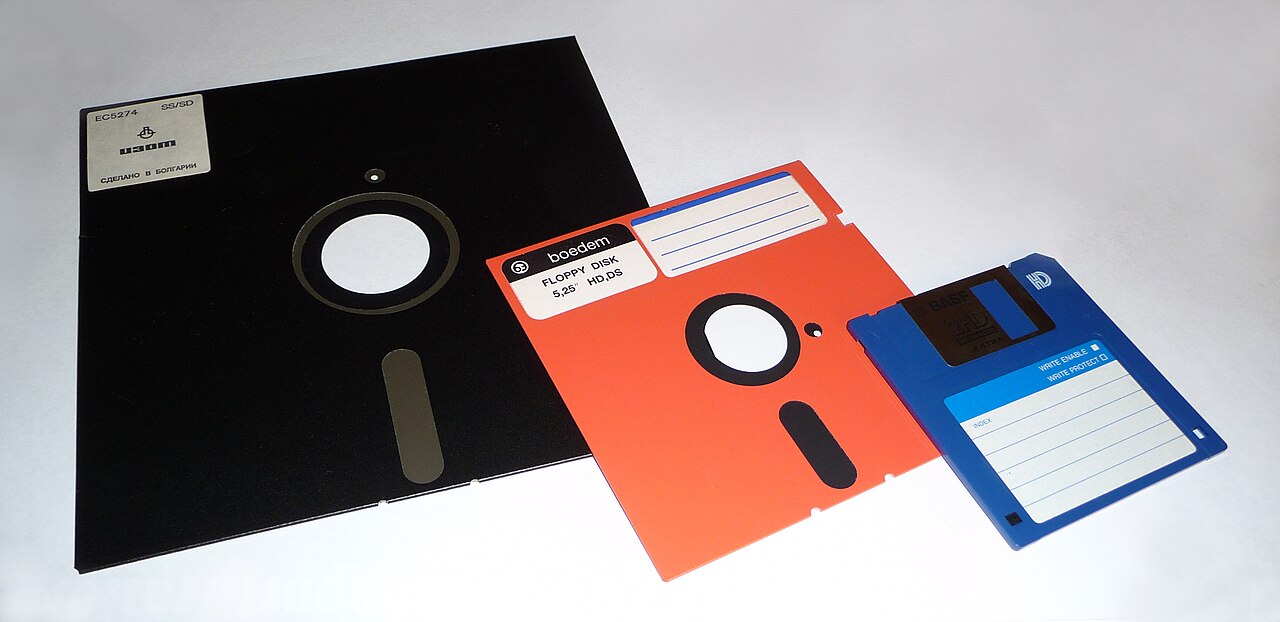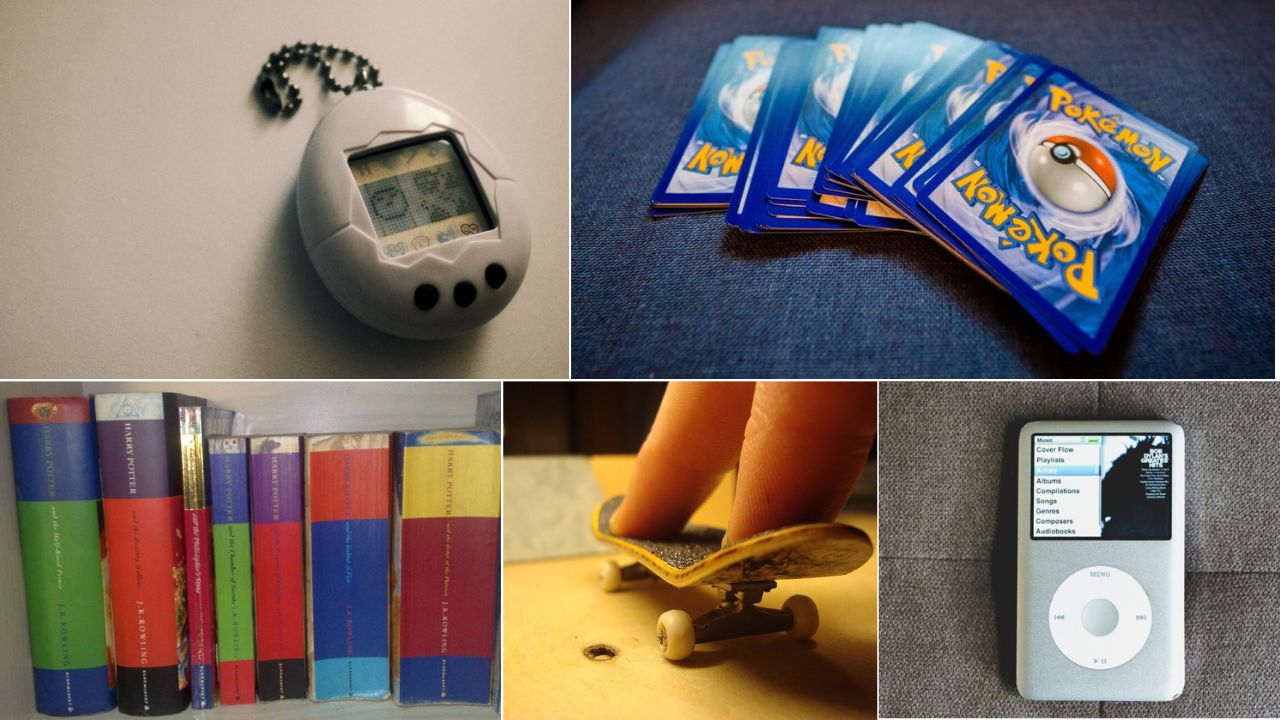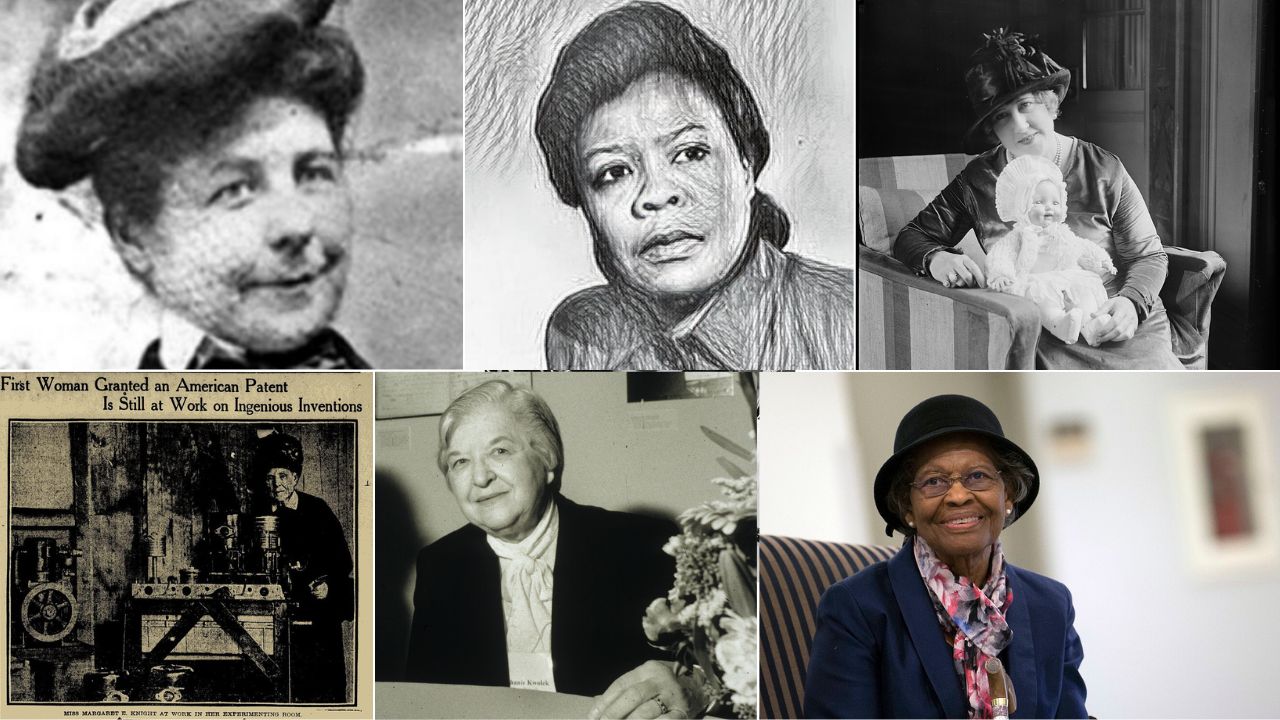Nineties tech lived loud and tactile. Machines clicked, screens hummed, and every task left some physical trace, from a labeled disk to a receipt for minutes. Daily habits formed around that hardware, then vanished almost overnight as broadband, flash storage, and glass slabs took over. What this era left behind is a map of how quickly convenience wins. The cords, the loading bars, the shoe boxes of plastic memory all gave way to silent syncs and invisible clouds. Nostalgia lingers, but the workflow moved on.
Dial Up Modems
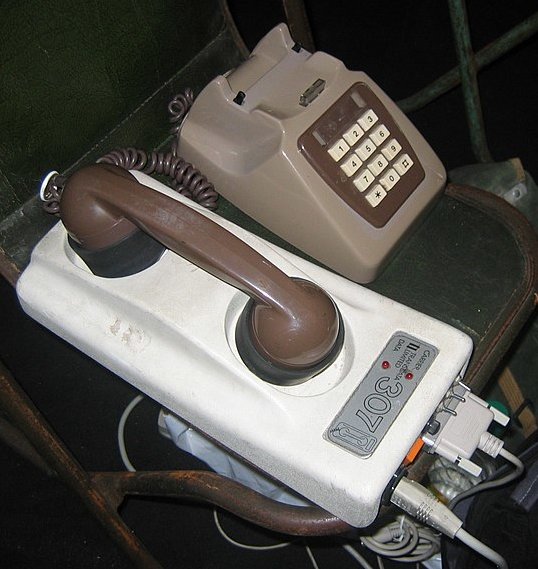
That screeching handshake signaled an evening online, while a phone line sat hostage to e-mail and chat. Connections crawled, images drew one row at a time, and a call waiting beep could throw the whole session off. Cable and fiber erased the ritual, and mobile data made the internet portable. The modem’s song still triggers memories, yet its limits defined the end. Once always-on arrived, patience for dial in vanished, and the box with blinking lights lost its purpose.
VHS Tapes And VCRs
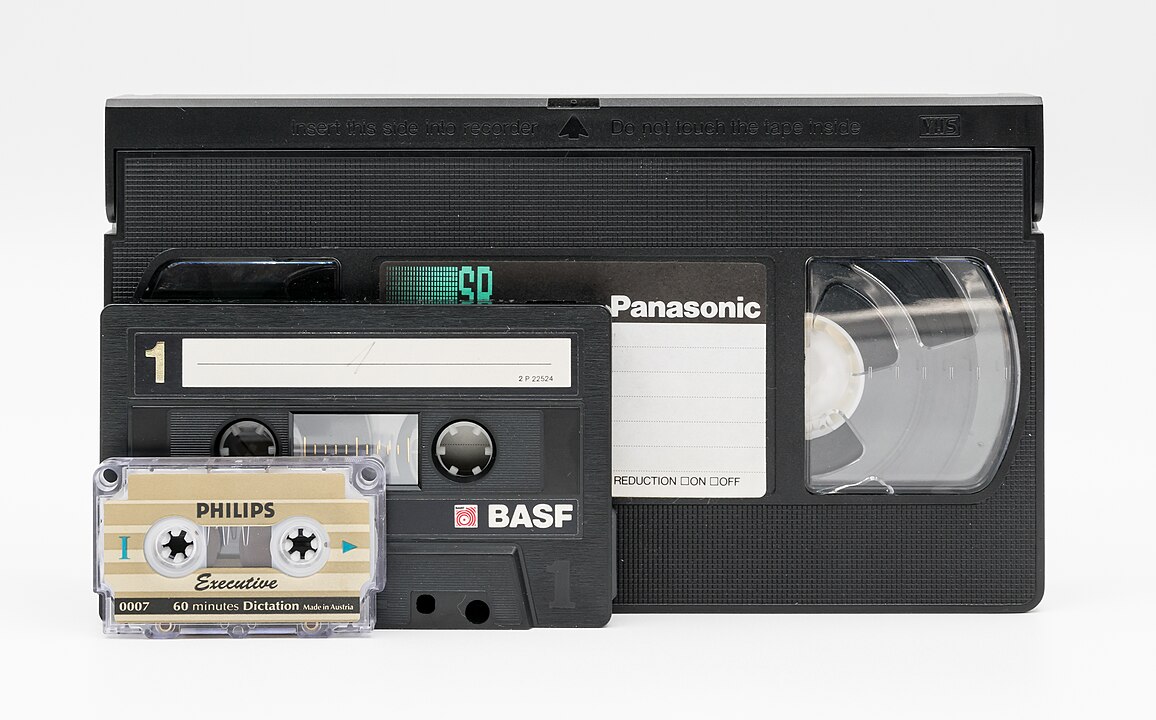
Family rooms revolved around a VCR clock that often blinked 12:00 and a shelf of plastic bricks labeled in marker. Tape hiss and soft edges were normal, and Friday nights meant rewinding rentals to stay on the clerk’s good side. DVDs sharpened the picture, streaming removed shelves entirely, and the chore of tracking a favorite scene disappeared. The machine that taught a generation to set timers and clean heads surrendered to menus, search bars, and a queue that follows any screen.
Floppy Disks And Drives
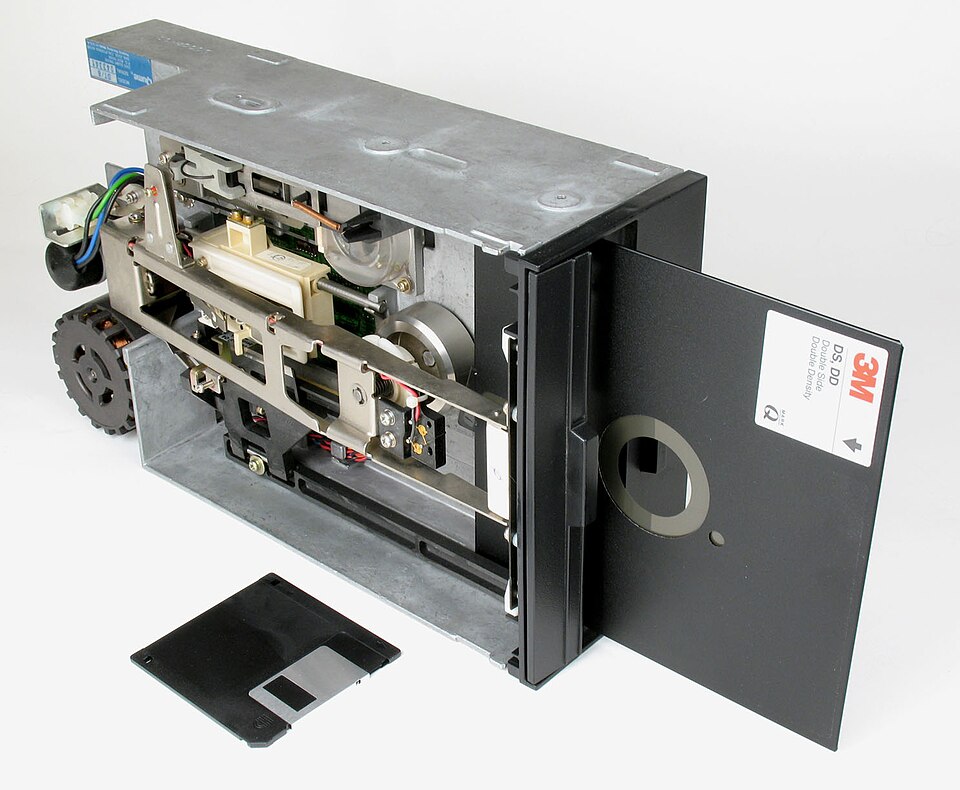
Those square disks carried term papers, shareware, and tiny photo files, with the iconic metal shutter and a capacity measured in megabytes. Copying took time and care, and a corrupted disk could end a week’s work. Flash drives, cloud sync, and e-mail attachments wiped away the fear of a single fragile copy. The Save icon stayed as a symbol, but the medium fell behind. Today’s files dwarf a whole stack of floppies, and the drives sit in drawers like fossils.
Zip Drives And Disks
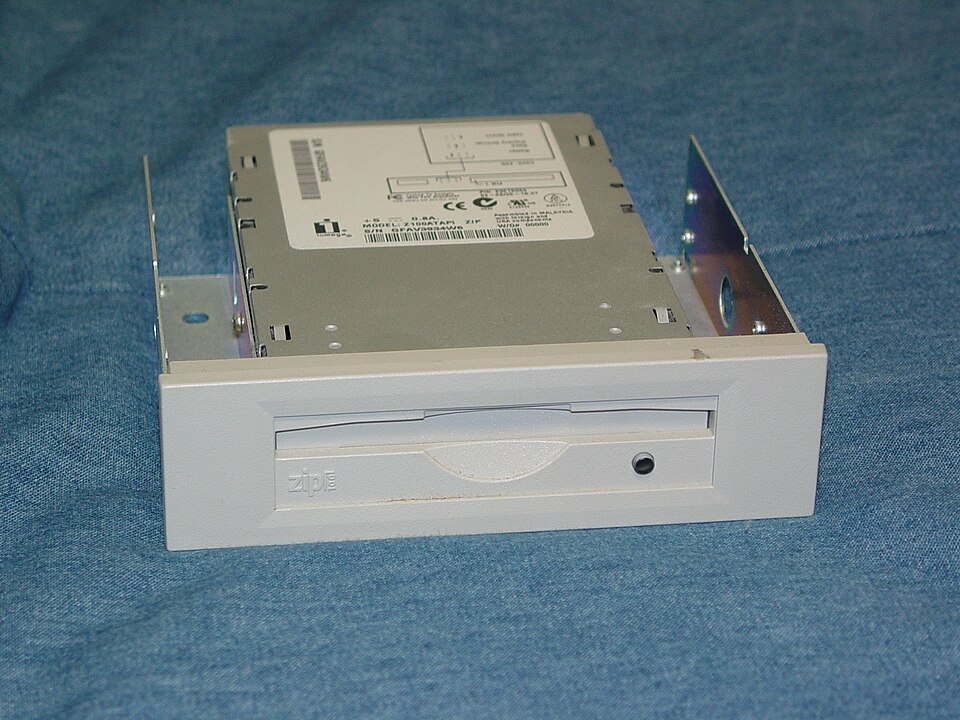
Zip disks felt huge at the time, a bridge between floppies and real storage for design files and backup sets. The buzz of the drive, the click of the cartridge, and the occasional click of death defined a niche every lab recognized. Cheap hard drives and reliable DVD burners erased the need, then cloud backup sealed it. For a brief window, the blue cartridge solved a problem cleanly. Once capacities jumped, the format had nowhere to go and quietly faded.
MiniDisc Players
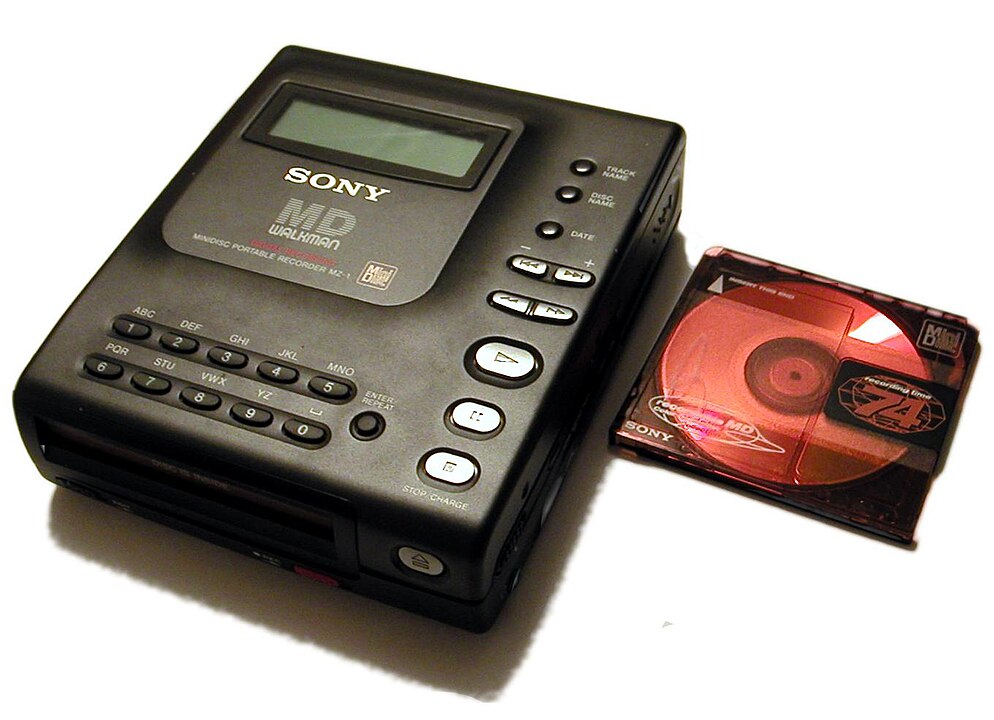
MiniDisc promised rewritable mixes without tape hiss, packaged in neat little caddies that looked futuristic. Skip resistance beat portable CDs, editing felt clever, and track names scrolled like a tiny marquee. Then solid state players landed, MP3s spread, and phones absorbed music libraries with no moving parts. MiniDisc kept a devoted circle, but the world picked simpler tools. The format sits in memory as a cool idea that arrived just before storage and phones made the same magic effortless.
Portable CD Players
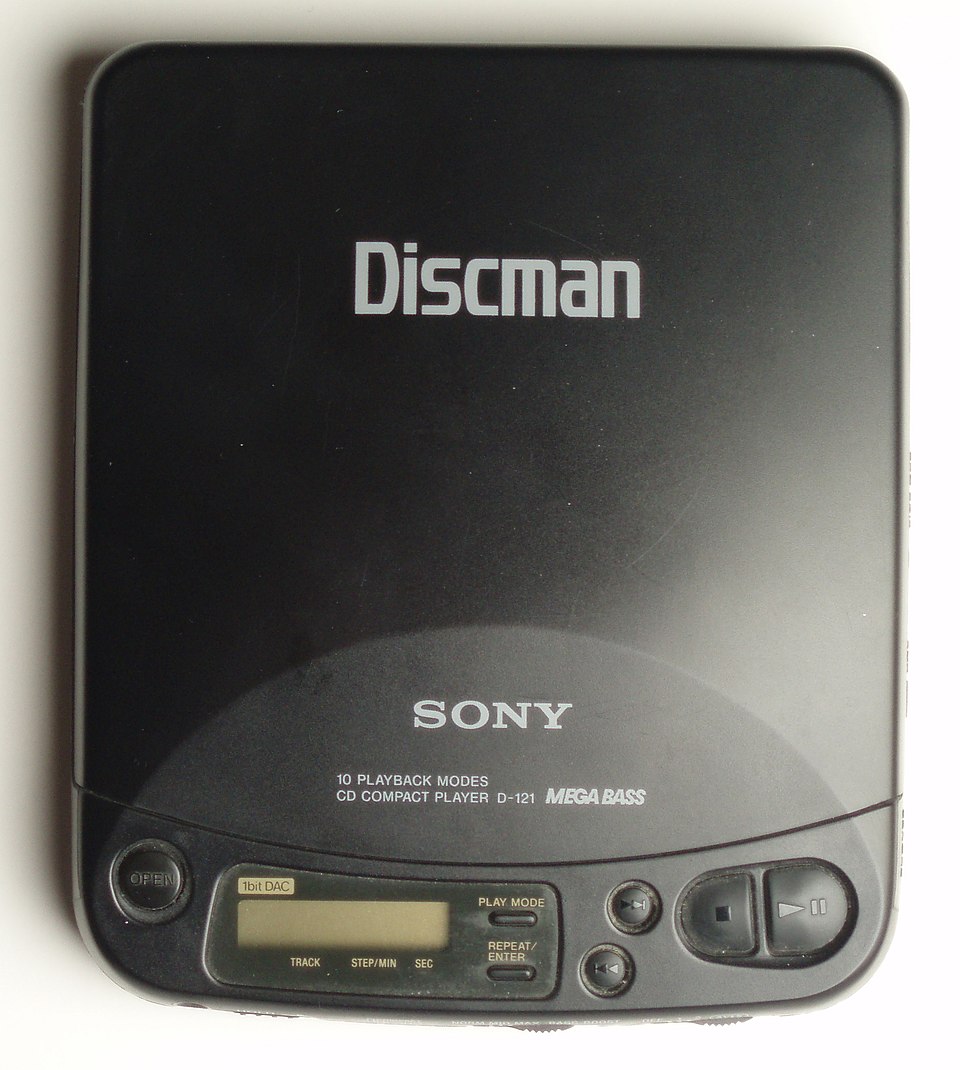
Backpacks once hid a Discman plus a sleeve of albums, with anti skip switches and AA batteries on standby. Riding the bus meant the careful balance of volume, movement, and a pocket full of change for more power. Compressed files and flash storage ended the dance, and streaming finished the job. The ritual of choosing one disc for the day disappeared. A whole catalog moved into a pocket, and the rattling clamshell with a scratched lid retired to a box in the attic.
PDAs Like PalmPilot
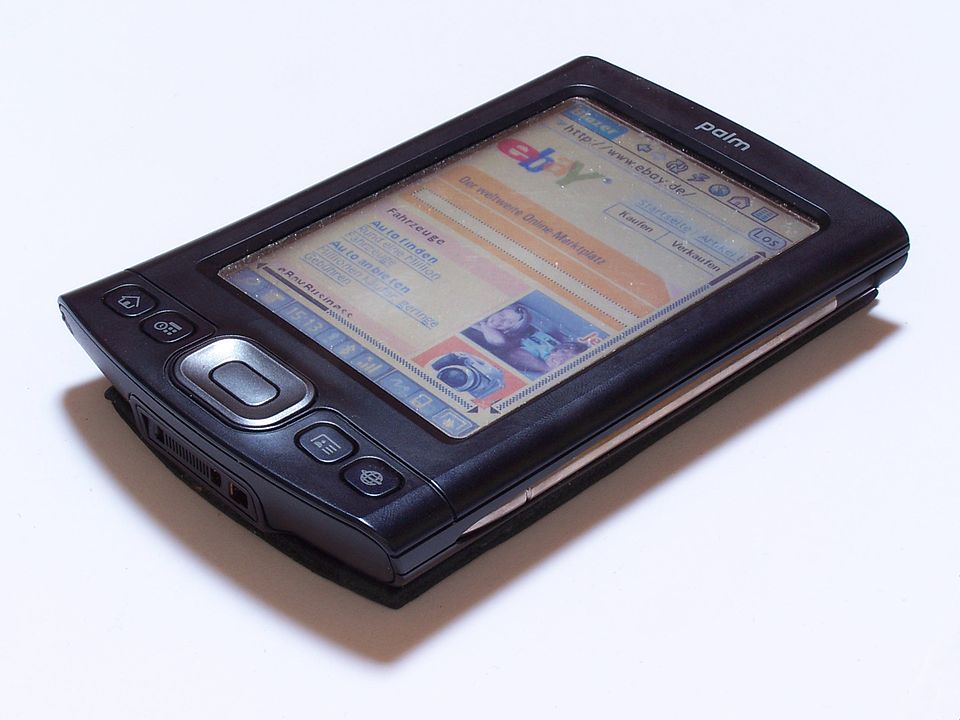
Before smartphones, PDAs ran calendars, contacts, and notes with stylus taps and a sync cradle on the desk. Graffiti handwriting training turned scribbles into commands, and a hard reset could erase a month of plans. The concept was right, the execution limited by the times. Once phones gained capacitive touch, solid browsers, and push e-mail, the stand-alone organizer lost the argument. The dock vanished, the stylus stayed optional, and the pocket planner merged with everything else.
Standalone Answering Machines
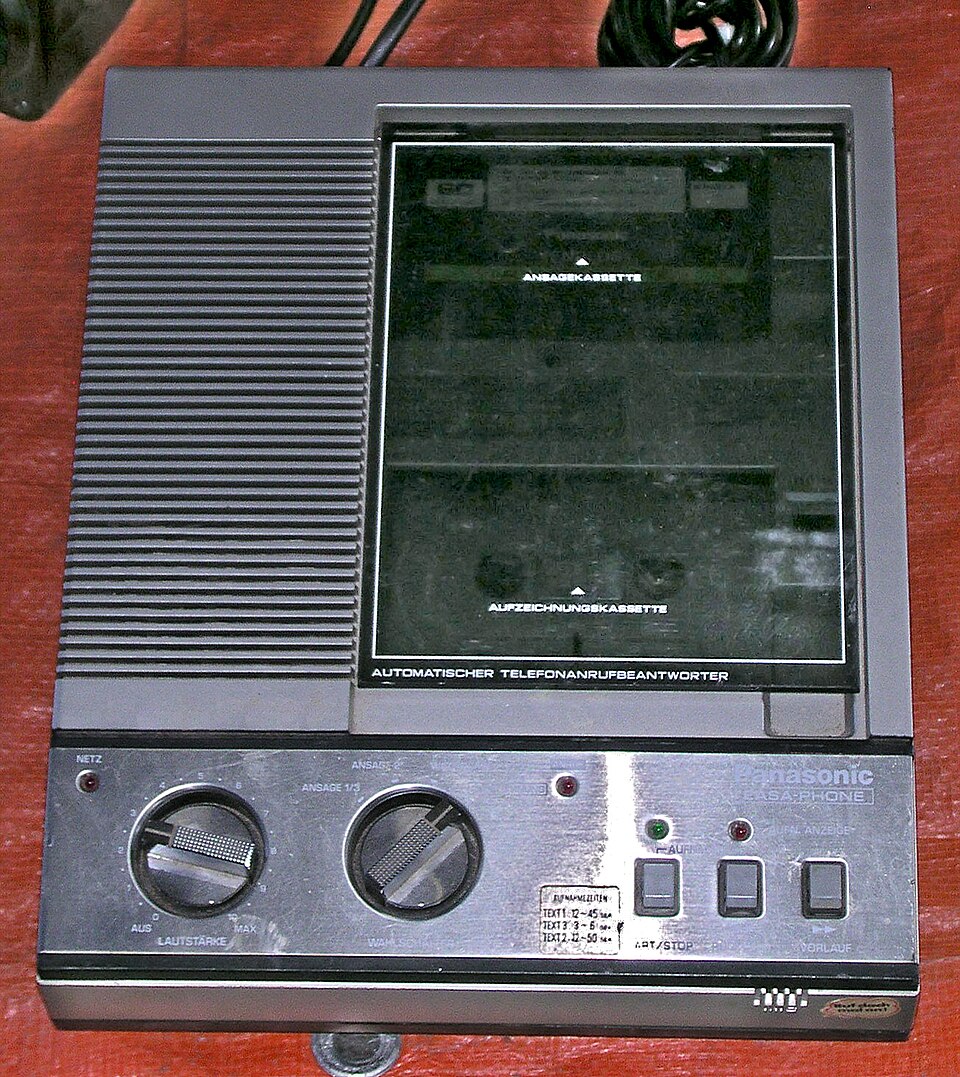
Kitchen counters hosted little boxes with red blinkers and tiny cassettes, the soundtrack of every evening return. Outgoing messages carried personality, and rewinding to replay an address felt normal. Voicemail folded that function into carriers, then visual voicemail put messages on a screen with timestamps and names. The tactile pleasure of pressing buttons gave way to taps, and the tape that once jammed at the worst time joined the pile of tiny spools no one misses.
CRT Monitors And TVs
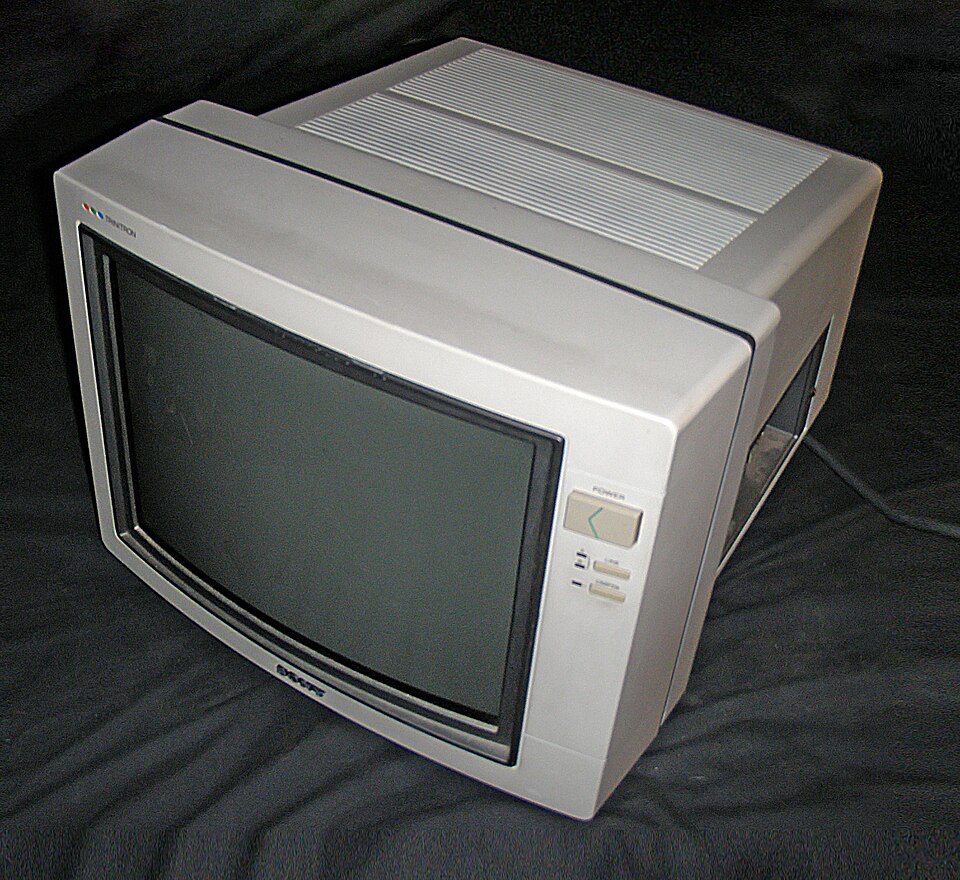
Cathode ray tubes filled desks and living rooms with bulky mass, deep cabinets, and a glow that warmed a room. Resolutions were modest, colors drifted, and moving one required a friend. Flat panels brought sharp text, wide viewing angles, and a footprint that finally fit a small apartment. Power draw fell, wall mounts appeared, and the curve of glass disappeared from daily life. The old sets teach weight and patience, but the slab won on every measure that matters.
Payphones And Phone Cards
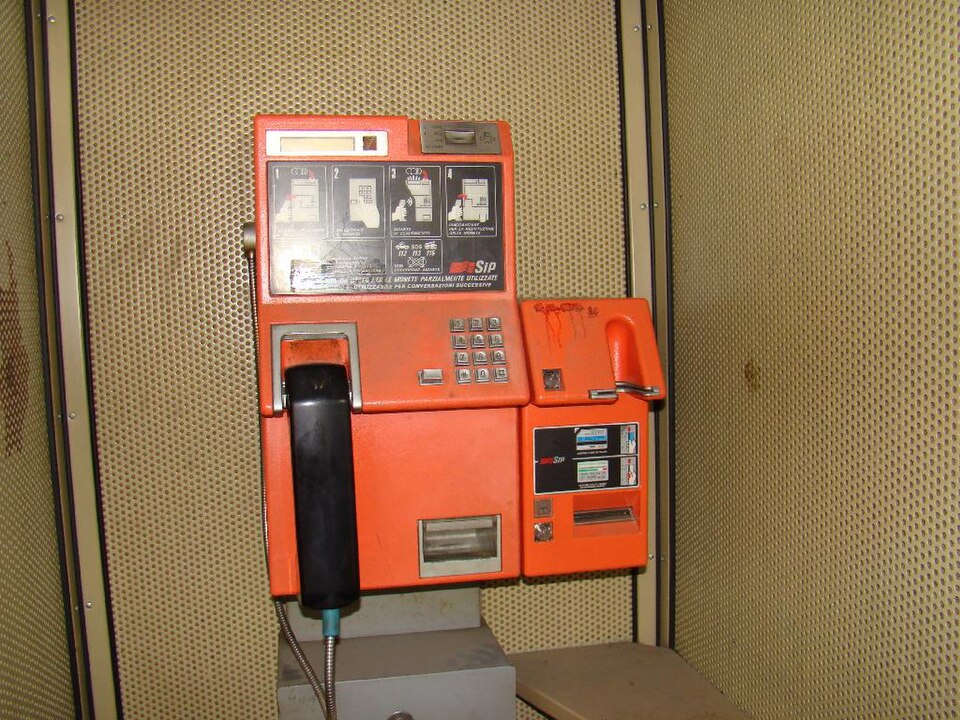
Street corners once offered booths and blue signs, a lifeline between classes or after missed rides. Phone cards tracked minutes with long PINs, and pockets held quarters for quick calls home. Ubiquitous mobiles ended the wait, and public handsets rusted into odd museum pieces. The ritual of searching for a dial tone faded into muscle memory only when a battery dies. Communication moved personal and constant, and the payphone slipped into the background of old films and photo backdrops.
